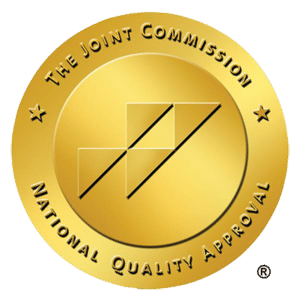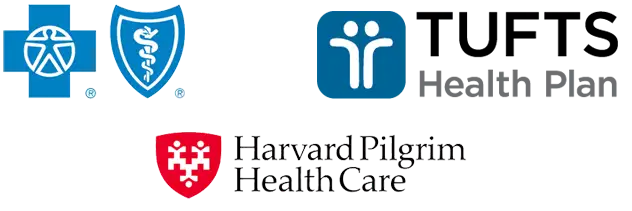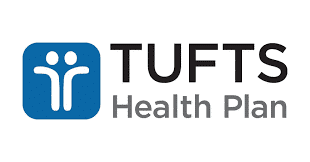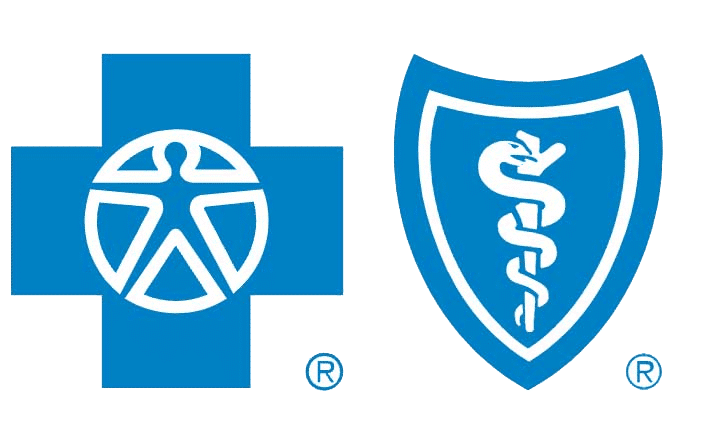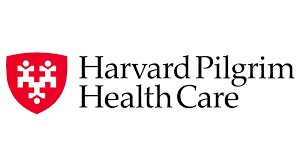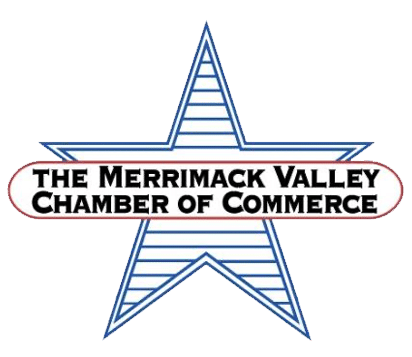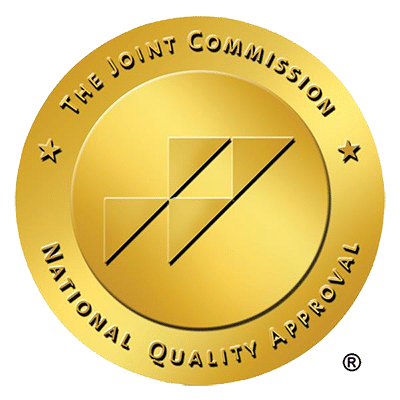Are you worried that someone you know might be showing signs someone is abusing prescription drugs? Spotting the signs early on can make a significant difference. This guide details the key behavioral changes and physical symptoms to watch for, arming you with the knowledge needed to identify prescription drug abuse and take necessary steps.
Key Takeaways
- Prescription drug misuse refers to inappropriate use, such as taking higher doses or using drugs to get ‘high’, and early identification of misuse is critical to prevent addiction.
- Behavioral changes, such as mood swings and secretive behavior, and physical symptoms, like drowsiness and confusion, are key indicators of prescription drug abuse.
- Long-term prescription drug abuse can lead to serious health issues, social consequences, and necessitates prevention strategies like medication management plans, education, and supportive interventions.
Understanding Prescription Drug Misuse
Prescription drug misuse refers to the use of medications in a manner not intended by the healthcare provider, which is distinct from appropriate prescription drug use. This could be taking a higher dose than prescribed, using someone else’s prescription, or using the drug for the purpose of getting ‘high’. Misusing prescription medication can lead to a variety of serious consequences, some of which may be life-threatening.
Combating prescription drug misuse calls for diligent prevention and intervention. Early identification of misuse is the first line of defense, as it can prevent the escalation into an addiction. Recognizing the signs of misuse is key, and these signs may manifest as behavioral changes and physical symptoms.
Indicators of Prescription Drug Abuse
To prevent progression to addiction, it’s necessary to identify the signs of prescription drug abuse. These signs can be categorized into behavioral changes and physical symptoms. Behavioral indicators may include abrupt changes in behavior, mood swings, a pattern of dishonesty, and a tendency to attribute blame to others.
On the other hand, physical symptoms vary depending on the type of drug being misused. Early intervention, made possible by identifying these signs, can stop an individual from heading down a dangerous path.
Behavioral Changes and Drug Seeking
Significant indicators of prescription drug abuse include:
- Noticeable behavioral changes
- Loss of interest in activities they once enjoyed
- Changes in sleep patterns
- Mood swings
- Secretive behavior
- Neglecting responsibilities
These changes can be a cry for help, signaling an ongoing battle with prescription drug misuse, including the use of prescription painkillers.
Another alarming sign of prescription drug abuse is frequent doctor shopping. Individuals who engage in this behavior visit multiple doctors to obtain prescription drugs through multiple prescriptions, often for the same drug. This behavior is a strong indicator of substance misuse and abuse, as the individual attempts to maintain a steady supply of commonly abused prescription drugs.
Physical Symptoms and Health Alterations
Physical symptoms can also hint at prescription drug abuse. These symptoms vary depending on the specific drug being misused. For instance, opioid painkillers misuse can lead to:
- Drowsiness
- Confusion
- Impaired coordination
- Slurred speech
- Slowed breathing
As physical symptoms might resemble those of other medical conditions, their identification can be challenging. However, a pattern of such symptoms, especially when coupled with behavioral changes, could indicate a problem. Identifying these signs early is crucial for intervening and averting additional damage.
Recognizing the Signs of Prescription Drug Addiction
Prescription drug abuse, if left unchecked, can escalate to prescription drug addiction. This is a state where an individual excessively and repeatedly uses prescription drugs, leading to dependence on these substances for daily functioning. The signs of addiction can manifest as escalation in drug use, increased tolerance, and withdrawal symptoms when the drug is not used.
Early intervention and successful treatment can result from timely identification of these warning signs.
Escalation and Tolerance
One of the key signs of prescription drug addiction is escalation in drug use, which often stems from increased tolerance. Drug tolerance is a condition where a medication loses its initial effectiveness, leading to the need for higher doses to achieve the same result. The individual may start consuming the drug more frequently and in larger quantities, a behavior known as escalation.
Not only does escalating drug misuse lead to addiction, but it also brings about severe health risks associated with substance abuse. Consuming larger amounts of substances increases the risk of adverse health effects. Moreover, this behavior can strain personal relationships, disrupt home and work life, and have negative effects on mental health.
Withdrawal Symptoms
Withdrawal symptoms are another tell-tale sign of prescription drug addiction. These symptoms occur when the individual stops using the drug or reduces the dosage significantly. Withdrawal symptoms can vary, reflecting different levels of physical dependence.
The severity of withdrawal symptoms can be influenced by various factors, such as the individual’s mental health condition and concomitant use of other drugs. The withdrawal period typically lasts one to two weeks, but it can be prolonged in cases of severe addiction.
Want to Learn More?
Our addiction recovery team is here 24/7 to answer your questions or to get you help.
The Impact of Prescription Drug Abuse on Daily Life
Daily life can be significantly disrupted by prescription drug abuse. It can strain interpersonal relationships, causing dysfunction, disharmony, and even the destruction of families. At work, individuals struggling with prescription drug abuse may exhibit patterns of absenteeism and decreased productivity.
Furthermore, prescription drug abuse can result in:
- Dependence and addiction
- Impaired coordination
- Increased risk of accidents
- Health problems
- Difficulties in fulfilling other responsibilities
The impact on daily life can be profound and far-reaching, affecting not just the individual but also people around them.
Consequences of Long-Term Prescription Drug Abuse
Prescription drug abuse can have severe and life-altering long-term consequences. Regular abuse of prescription drugs, particularly in high doses, can lead to serious health complications, including the risk of death. Prolonged misuse can lead to various physical health issues, including:
- cardiovascular conditions
- respiratory conditions
- mental health conditions
- increased risks for diseases such as cancer, HIV/AIDS, and hepatitis B and C.
Additionally, the social implications of prolonged prescription drug abuse are significant. It can result in:
- Housing instability
- Homelessness
- Involvement in criminal activities
- Possible incarceration
The long-term consequences underscore the urgency to address prescription drug abuse early and effectively.
Prevention and Early Intervention Strategies
In the fight against prescription drug abuse, prevention and early intervention strategies are of utmost importance. A well-designed medication management plan can mitigate the risk of abuse. Such a plan involves the active engagement of physicians, patients, and pharmacists in detecting and preventing nonmedical use of prescription drugs.
Education is another powerful tool in preventing prescription drug misuse. It can influence attitudes and behaviors towards drug use, increase awareness about the risks, and provide evidence-based prevention programs. Furthermore, open and honest communication with healthcare providers and adherence to their guidance and recommendations are also essential components of prevention.
How to Support Someone Suspected of Abusing Prescription Drugs
It can be a delicate task to support someone suspected of abusing prescription drugs. Here are some steps to take:
- Approach the person with care, voicing concerns without judgment.
- Actively listen to their thoughts and feelings.
- Express genuine concern and provide emotional support.
- Engage in open discussions about available treatment options to motivate them to consider professional help.
Professional resources like the Mental Health Services Administration (SAMHSA)’s National Helpline and Mayo Clinic offer guidance on risk factors and treatment options. Providing a safe, drug-free environment and prioritizing one’s own well-being are also crucial in supporting someone in recovery.
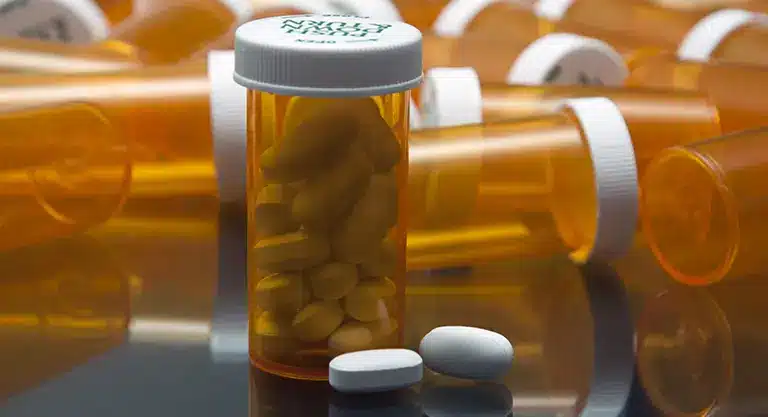
Summary
Prescription drug misuse and abuse is a serious issue that can have life-altering consequences. Recognizing the signs and symptoms, understanding the impacts, and knowing prevention and intervention strategies are crucial steps in tackling this problem. Remember, it’s never too late to seek help or intervene. Together, we can make a difference and help those struggling with prescription drug abuse reclaim their lives.
Frequently Asked Questions
What is an example of prescription drug abuse?
Prescription drug abuse can include taking opioids like OxyContin and Vicodin, central nervous system depressants such as Xanax and Valium, and stimulants like Concerta and Adderall in a manner not prescribed, leading to physical dependence and addiction.
Who is most at risk for prescription drug abuse?
Certain populations, such as youth, older adults, and women, are at particular risk for prescription drug abuse. It’s important to be aware of these vulnerabilities and take preventive measures to address them.
Which of the following is not one of the reasons that prescription drug abuse is so common?
Prescription drug abuse is common due to various reasons, but one reason that is NOT common is the easy accessibility of prescription drugs, as they require a valid prescription from a doctor.
What is the difference between prescription drug use and misuse?
The difference between prescription drug use and misuse is that use involves taking medications as prescribed by a healthcare provider, while misuse involves using medications in a manner not intended by the provider, such as taking a higher dose than prescribed or using someone else’s prescription.
What are some behavioral indicators of prescription drug abuse?
If you notice abrupt changes in behavior, mood swings, dishonesty, and a tendency to blame others, these may be behavioral indicators of prescription drug abuse. Be aware and seek help if necessary.
Related Posts

Critical Signs of Meth Addiction: Symptoms & Support Options
Wondering what are the warning signs of meth addiction? Early detection can be lifesaving. From drastic behavioral swings to ‘meth mouth,’ these symptoms are alarming

Essential Guide on How to Help Someone with Meth Addiction
If you’re seeking to understand how to help someone with meth addiction, this article is your immediate support guide. Encountering meth addiction within someone you

Recognizing the Warning Signs of Marijuana Addiction
Knowing the signs of marijuana addiction is vital for recognizing a serious problem that often goes unnoticed. In this article, we address the real indicators

Decoding Opioid Addiction Statistics: A Harsh Reality Check
What do the numbers say about the opioid crisis? Diving into opioid addiction statistics offers a sobering reality check: a surge in usage and deaths

Effective Strategies on How to Prevent Opioid Addiction
The key to preventing opioid addiction starts with being informed. If you’re seeking concrete steps on how to prevent opioid addiction, this article is for

How to Help Someone with Cocaine Addiction Effectively
Wondering how to help someone with cocaine addiction? It can feel overwhelming, but your role is crucial. In this guide, you’ll find understandable and practical
